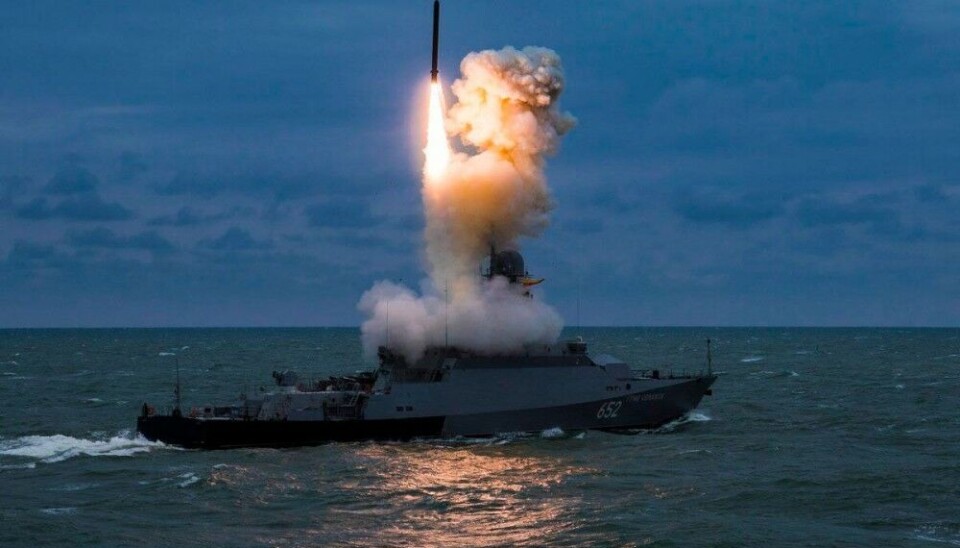
With message to NATO neighbors, Russian corvette sails White Sea Canal and launches Kalibr cruise missile
Missile corvette Serpukhov sailed from St.Petersburg and through the inland waterway to the White Sea as part of a shooting exercise.
The 75 meter long vessel of the Buyan-class this month sailed up the Neva River, into the great lakes of Ladoga and Onega and to the White Sea. There, it launched a Kalibr missile. It subsequently returned through the White Sea Canal to St.Petersburg.
The cruise missile successfully hit its target in Chizha, a shooting range in the Nenets region, the Russian Navy informs.
With the operation, Russia showcases that it can move highly potent missiles from the Baltic Sea to the North without sailing around NATO-controlled Scandinavia. In August 2022, a similar operation was conducted by corvette Mytishchi.
The exercise comes as Moscow says it will strengthen its military capabilities in Northwest Russia following Finland’s and Sweden’s entry into NATO. This month, Navy representatives told newspaper Izvestia that small missile vessels, like corvettes of the Karakurt and Buyan-M classes, could ultimately be based in great lake Ladoga near Finland.
It would be an adequate response to NATO enlargement in the area, several Russian military experts say. “From Ladoga, they can keep Finland at gunsight,” they argue, the Russian version of the Barents Observer reported.
Russia has a total of 15 vessels of the Buyan-class, among them the Serpukhov. They are designed for sailing and operations in the Russian inland river system, like the White Sea Canal. The Serpukhov was commissioned in 2015 and was first based in the Crimean port of Sevastopol. In 2016, it was transferred to Baltiisk, Kaliningrad, and the Baltic Fleet.
In 2016, it launched Kalibr missiles on targets in Syria from the Mediterranean Sea.
The White Sea Canal is 227 km long and was built by Gulag prisoners in the early 1930s. It opened an inland connection between the Baltic Sea and Arctic waters. Up to 25,000 forced labourers died during the construction process that lasted only 20 months.















